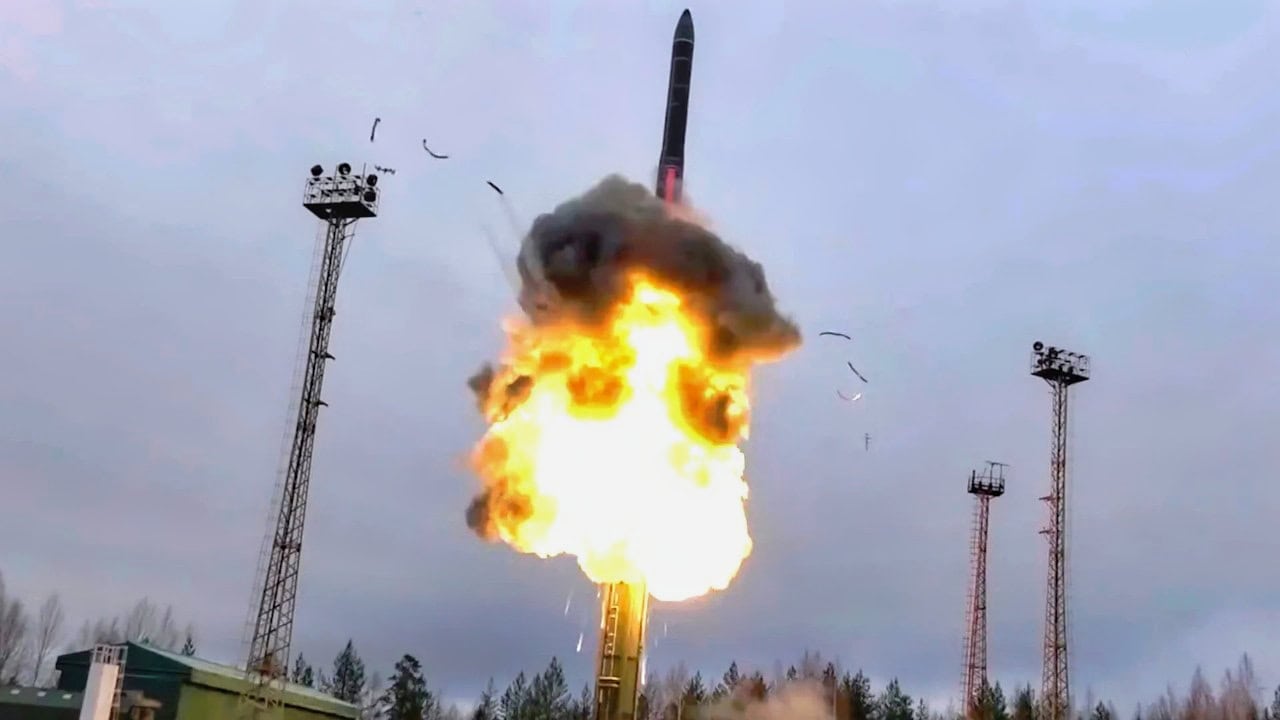Key Points and Summary: Russia’s Oreshnik ICBM, hyped as a revolutionary hypersonic weapon, appears to be more bark than bite.
-Launched against Ukraine in November 2024, the missile was quickly paraded by Putin as a warning to the West.
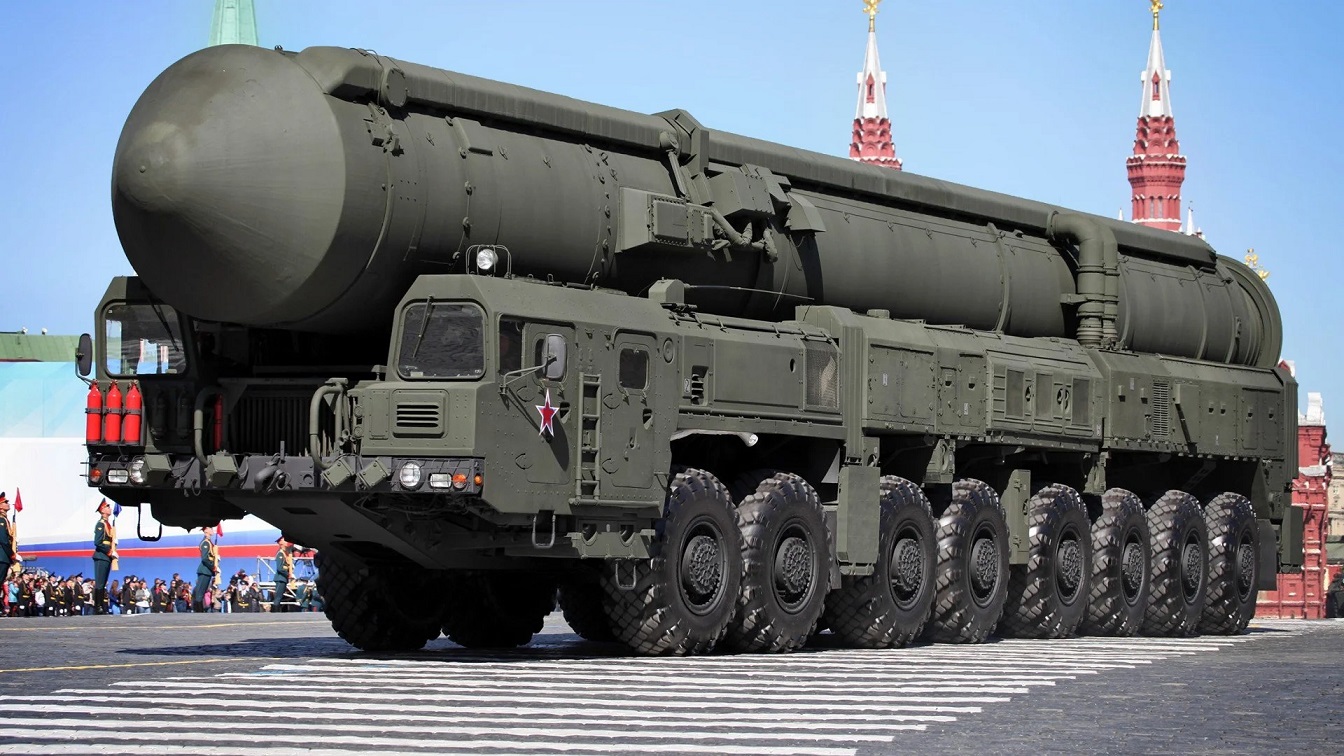
Russian mobile missile. Image Credit: Creative Commons.
-However, analysis of recovered fragments suggests it is a modified R-26 ICBM with outdated components.
-Experts believe the strike was more about psychological warfare than real military capability, as Russia lacks the industrial capacity to mass-produce the missile due to sanctions and supply shortages.
-While the Kremlin staged the launch for maximum media impact, its long-term viability as a strategic weapon remains doubtful.
Putin’s Oreshnik ICBM: A Real Threat or Just a Bluff?
On November 21, 2024, what was billed as a new Russian “hypersonic” ICBM was targeted on and slammed into the southern Ukraine city of Dnipro. This attack came two days after Russian President Vladimir Putin signed a revised version of Russia’s nuclear doctrine, which lowered the threshold that Moscow deemed justifiable for using nuclear weapons.
The new parameters of this doctrine allow for a potential nuclear response by Moscow even in response to a non-nuclear, conventional attack on Russia by any nation that is, in turn, supported by a nuclear power.
The use of a new modification of an older Russian R-26 Rubezh ICBM prompted a rare incident of Putin appearing on Moscow’s leading news channel to trumpet the success of this attack. He further warned Western nations that any of them could be next—and that the first nations to feel his wrath would be those who had provided Ukraine with long-range strike weapons used to hit targets inside of Russia.
Less Impressive Than Advertised
When interviewed by Western news services, military expert Mathieu Boulègue of Chatham House in Britain said the Oreshnik is not the game-changer on the battlefield that Putin would like all to think.
“In terms of psychological warfare, it works great,” he said, noting that the real goal of employing this weapon was not to achieve any real tactical objectives but to support the Kremlin’s constant stream of threats that it hopes will intimidate Western audiences.
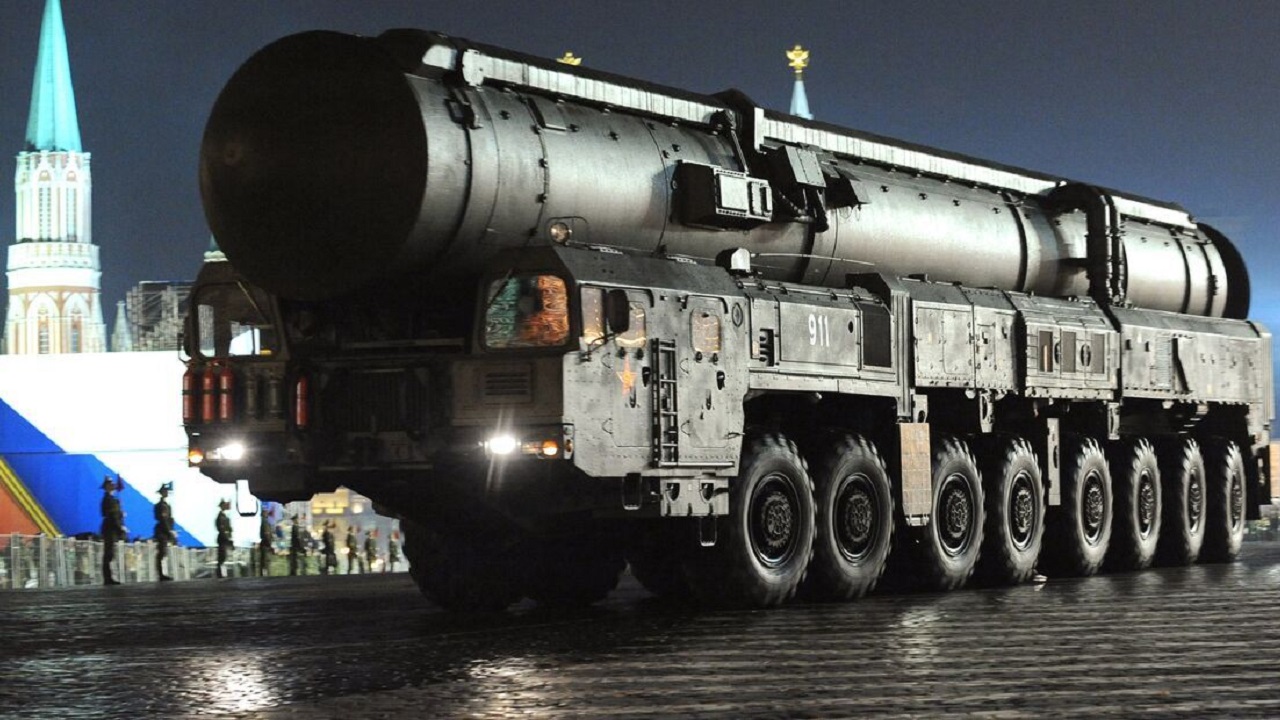
Note: Image is of a generic Russian mobile ICBM.
Pieces of the missile retrieved from the impact sites in and around Dnipro were subsequently analyzed by the Kyiv Scientific Research Institute of Forensic Expertise. Their findings are that this missile is an adaption or modification of the existing R-26 design. Fragments identified by the institute show that this missile is anything but a new, modern innovation.
One of its components, analyzed by the institute’s team of experts, dates back to 2017. Another major part of the system, discovered inside one of the missile’s warheads, was manufactured in 2016. The first test launch of this missile dates back to 2012, and its development began almost two decades ago in 2006 and was based on the 1990s-era Topol M ICBM.
Shiny Objects
Other expert observers pointed out to 19FortyFive that Putin likes to “trot out these shiny objects in what amount to a PR show that has little to no substance behind it. A month after the use of this weapon the former KGB Lt. Col. bragged that it would soon enter series production.”
A week after the attack on Dnipro he had also stated there would be further Oreshnik missile strikes targeted on “decision-making centers” in Kyiv—primarily thought to mean the Presidential Administration and the General Staff of the Armed Forces buildings, among others.
However, by January 2025, all mention of the missile had been dropped from the usual Kremlin saber-rattling rhetoric. Even large-scale attacks by Ukraine of drones and Western-supplied missile systems against a set of significant Russian military targets in Ryazan and elsewhere failed to produce any new mention of this weapon by Russian propagandists.
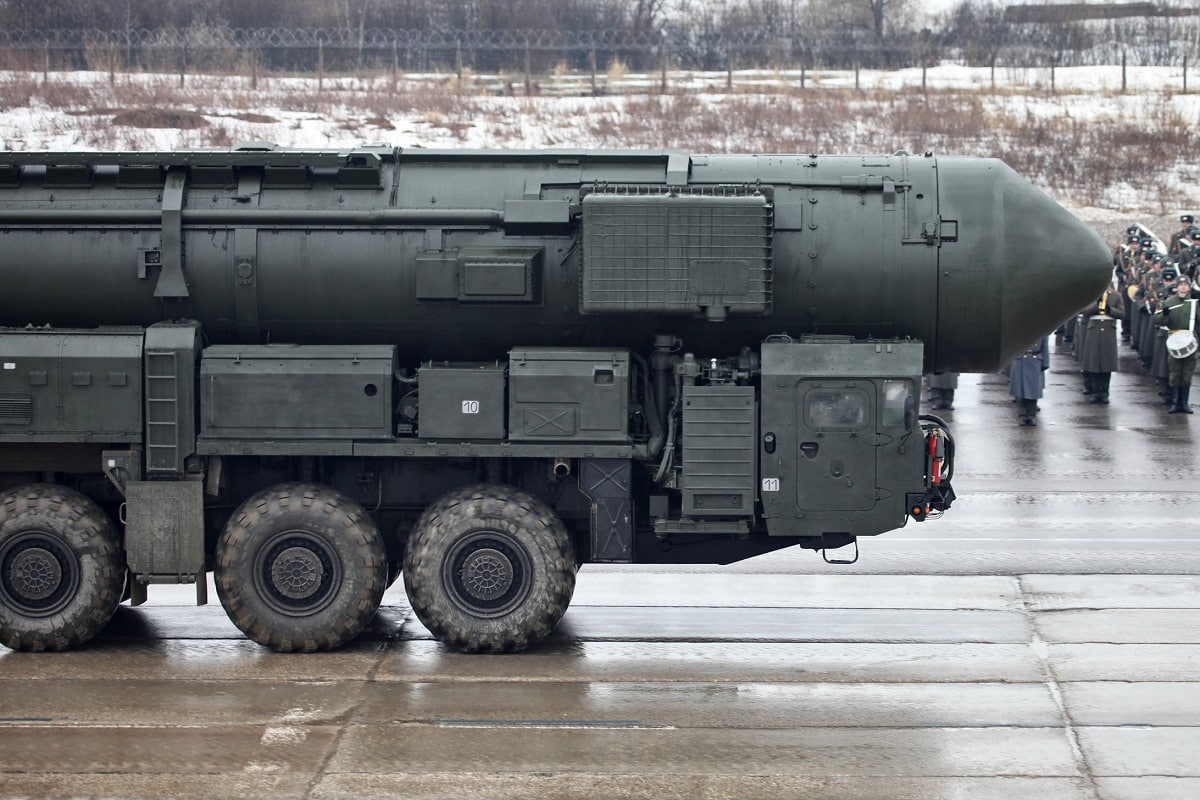
Topol ICBM. Image: Creative Commons.
The missile’s quick disappearing act appears to have been due to Russia’s lack of any substantial stockpile of the Oreshnik systems. Realistically, it would take years to mass-produce the missile given the bureaucratic inefficiencies and lagging innovation that have been the hallmark of Russia’s defense sector for years, a former Russian defense engineer told the Moscow Times news site.
“Even relatively simple, non-missile-related projects can take five to seven years to develop,” the engineer said on condition of anonymity. “This strike on Ukraine seems to have been [the Oreshnik’s] first test. There wouldn’t be a lot of data [from just one test firing] to justify launching it into mass production.”
Even if the data available were sufficient to support production, it is doubtful Moscow’s industry would have enough electronic systems and other components required to build these missiles in adequate numbers, said another Russian defense industry expert.
The supply of these materials was primarily imported from foreign suppliers before the invasion of Ukraine. Today, they are largely unavailable due to sanctions and other embargoes that block them from being purchased from abroad.
Showtime at The Kremlin
Four Russian officials later told The Moscow Times that the Oreshnik strike and subsequent media coverage were both scripted and coordinated with the involvement of officials, military personnel, intelligence agencies, and Kremlin PR experts.
All four sources spoke to the English-language publication on condition of anonymity due to the sensitivity of how the event was staged.
“There were brainstorming sessions about how to respond and put the Americans and the British in their place for allowing Zelensky to use long-range weapons. And how to scare Berlin and other Europeans into submission,” said one of the Russian officials.
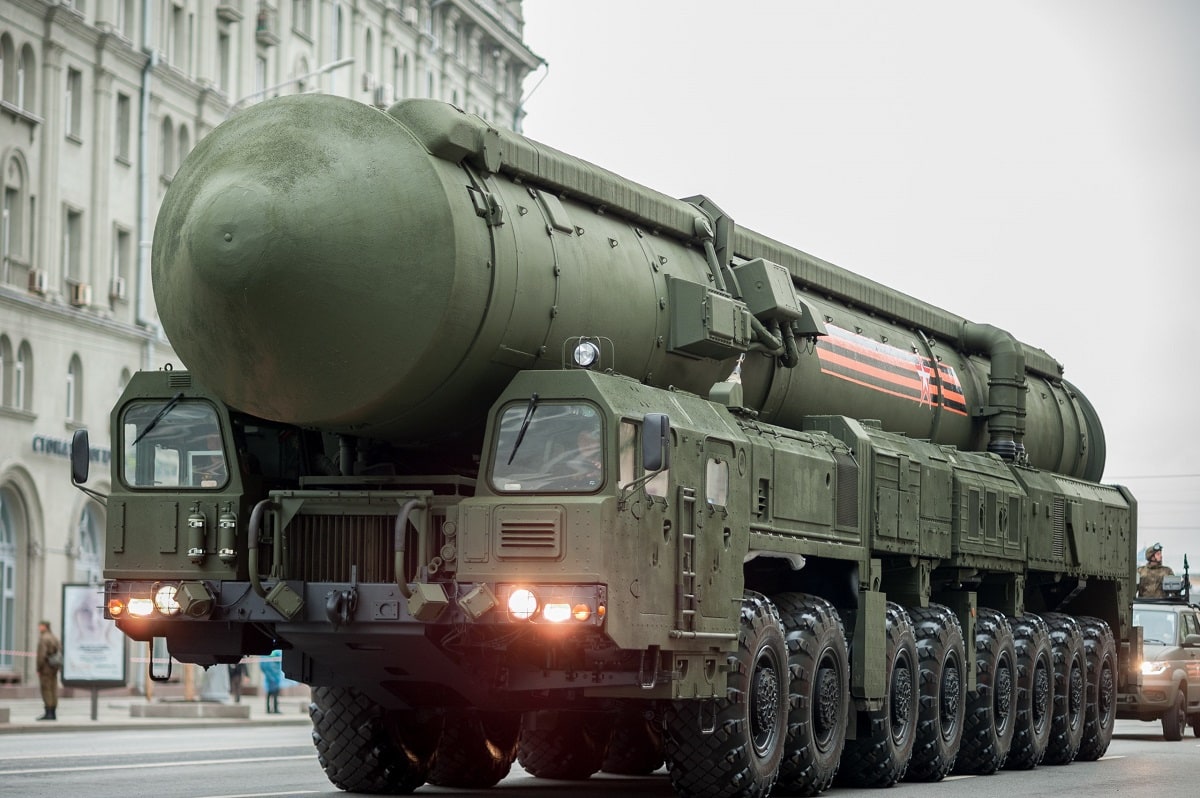
Rehearsal of parade in Moscow 2018.
They all confirm that the strike was little more than a military propaganda campaign—a show that was designed to exaggerate the capabilities of the Russian military-industrial complex and the destructive capacity of this supposedly new weapon.
“This show, which was staged and presented to the public, consisted of several phases. The main ones were the actual Oreshnik strike, the dissemination of footage on social media, and its coverage in foreign media,” said another Russian official.
“Some of those who were in the brainstorming sessions were particularly proud of that stunt,” another Russian official said.
About the Author: Reuben F. Johnson
Reuben F. Johnson is a survivor of the February 2022 Russian invasion of Ukraine and is now an Expert on Foreign Military Affairs with the Fundacja im. Kazimierza

